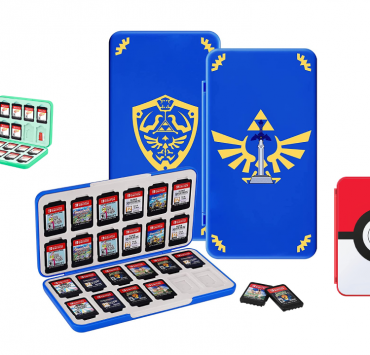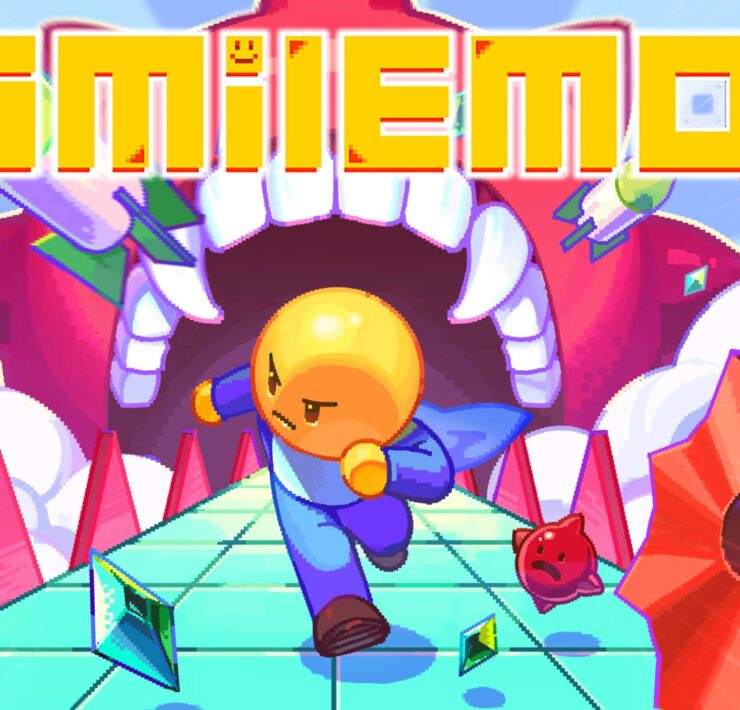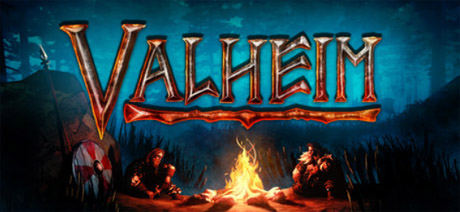A Juggler’s Tale Switch Review – Strings Attached

A Juggler’s Tale is the story of a young girl named Abby, who happens to be the titular juggler. And when I say story, I do mean story, as despite being a playable game, the entirety of the game is a story told by a puppeteer to a small audience in an undetermined place and time (It appears to be inside a pub or bar, which is an odd-choice for a puppet show to take place, however, there are kids there, so I guess it makes sense?).
Jack, the puppeteer and narrator of the story, begins to tell his story of the circus and in particular a member of the circus that longs to be free. Abby gains her freedom, but is she as free as it seems?

Honestly I can’t really go much more into the story than this without revealing the twist that occurs about halfway through the game (I saw it coming a mile away but it may not be as obvious to others, so I’ll attempt to continue spoiler-free). Suffice to say the game covers a few themes, notably about freedom, free-will, and bravery in the face of seemingly insurmountable odds.
Now I have mentioned that the game is a story and also that there is gameplay, so to delve a little further into that, the genre of A Juggler’s Tale is considered to be a cinematic puzzle-platformer. For anyone that has played games like Inside, LIMBO, or even Little Nightmares, among others, you’ll know exactly what this means.
However, if you’re unfamiliar with any of those titles, I would explain it as a 2D platformer, where you can move left, right, and jump, that slowly tells a story as you progress, and routinely places obstacles in your way that you’ll need to work out how to get around.

The controls are about as simple as that description makes them sound, you can move with the left stick, jump with the A button, interact with certain objects with ZL (Interactions alternate between presses of the button to holding the button down and moving the control sticks), and if you pick up an object, you can throw it by aiming with the right analog stick and pressing the ZL button again. And that is it! No other button serves a purpose (Beyond the standard + pauses), but you can remap the buttons if you’d prefer another control scheme, but the default controls felt fine to me and it really isn’t all that demanding in wanting you to perform too many actions in sequence or anything to that effect really.
In fact, the only times you’ll really need to use any sort of reflexes are during chase scenes, which are sometimes quite brutal and an insane difficulty curve. Multiple times I found myself in a sequence where I was running away from something and failing consistently until I suddenly just passed despite doing the same thing every time. Occasionally it made sense, like jumping a little early means you’ll need to grab the edge and pull yourself up, which naturally slows Abby down.
But, even when clearing the jumps correctly the window to escape appears to be so small that it may come down to frames at some points. It seems somewhat out of place as there’s no challenge like it in the game. The puzzles are all pretty simple, most of the early ones involve having to figure out how to get past an object that is above you and therefore blocking your strings, such as trees that you need to burn.

Failure holds no real punishment, so if you miss a jump, Jack will pull you back up with your strings. If you get captured, the scene resets and you can try again. However, the dialogue is unskippable, so if you fail mid-scene, you’ll need to listen to Jack say the same thing over and over again, which can get quite annoying fairly quickly. It mostly just serves to slow down progress or artificially stretch out the game, which may also be why the difficulty curves exist, as the game is quite short, taking just over an hour, maybe two hours if you take it slow, get stuck on some puzzles, or get caught a bunch of times.
The art design is quite nice, in particular the backgrounds can be quite striking and lovely, while the characters mostly lack any sort of detail. However, they are marionettes, so this does feel appropriate, and you don’t really see them up close all that often either.
One of the more interesting visual aspects are the strings attached to Abby and NPC’s, which both visually cement the idea that you’re playing a puppet show, and as mentioned earlier serve as both a tool at times and a hindrance at others. It feels like more could have been done with them, such as being able to pull yourself up the strings, or even having them act as a health system where breaking one or more of the strings locks away some of your movements until Jack can repair them.

Overall, while A Juggler’s Tale is quite a nice game, the short playtime, similarity to other games, including the actual storyline and twist, missed opportunities, strange difficulty curves, and the occasional times where Jack’s lines just don’t rhyme or even near rhyme (probably more of a personal pet peeve, but if you’re going to commit to a rhyming scheme then you need to be consistent with it) does drag it down.
I would look for it on sale, or if you haven’t tried them, all three of the similar titles I mentioned are on Switch as well (with LIMBO even being almost half the price of A Juggler’s Tale). A Juggler’s Tale was designed by quite a small indie team, and hopefully they have learned a few lessons and gain enough interest to make their next project a little bigger and a little more unique.
A Juggler’s Tale Review provided by Nintendo Link
Publisher: Mixtvision
Developer: kaleidoscube
Release Date: September 29th, 2021
Price: $17.99, £17.99, €19,99
Game Size: 2.2GB

Visually interesting
Covers solid themes
Puzzle sections are good for beginners
Very short
Nothing new to the genre
Difficulty spikes are frustrating
Unskippable dialogue becomes tedious












